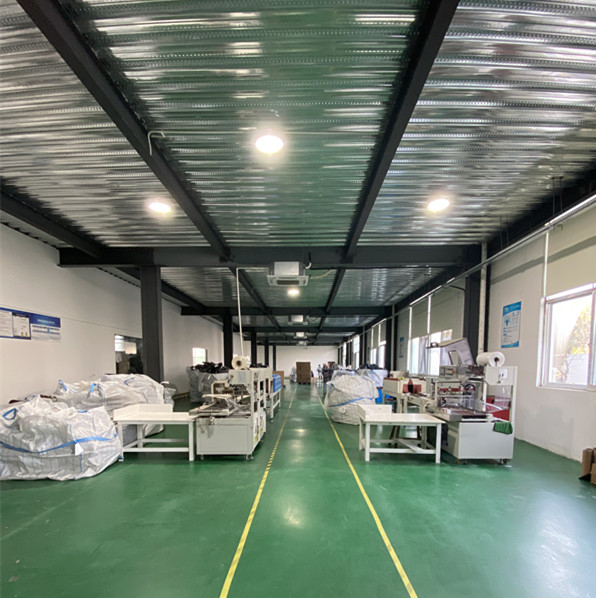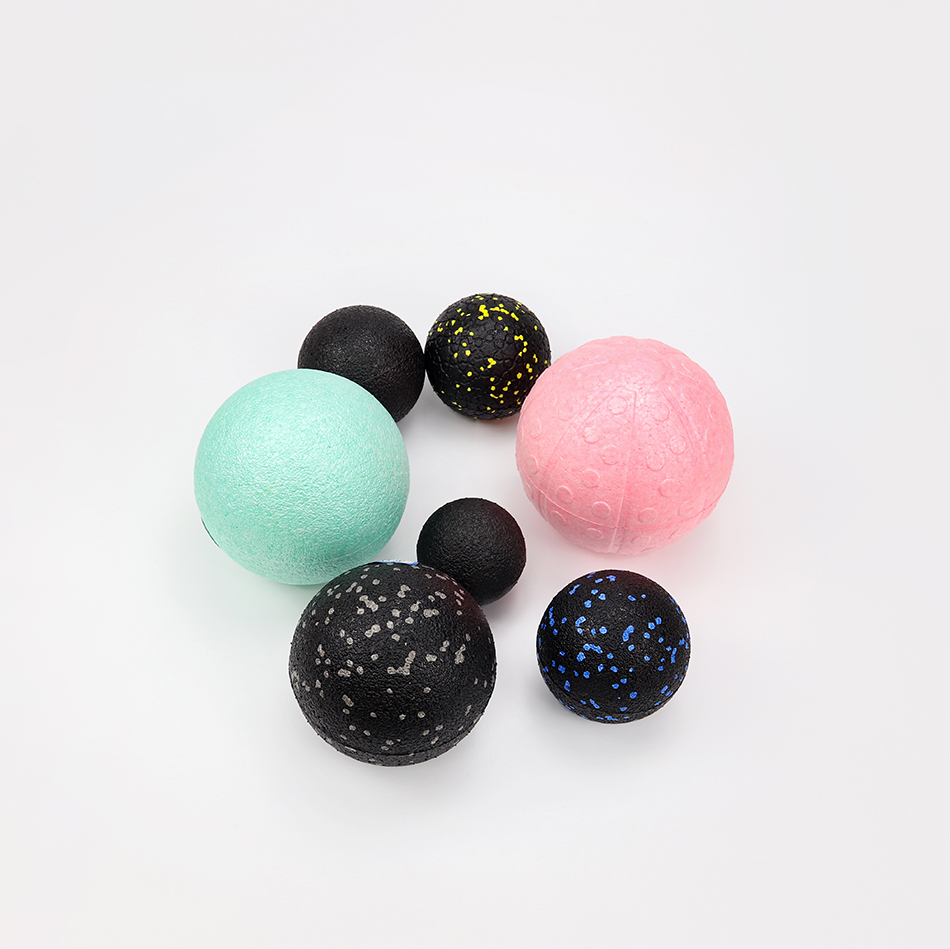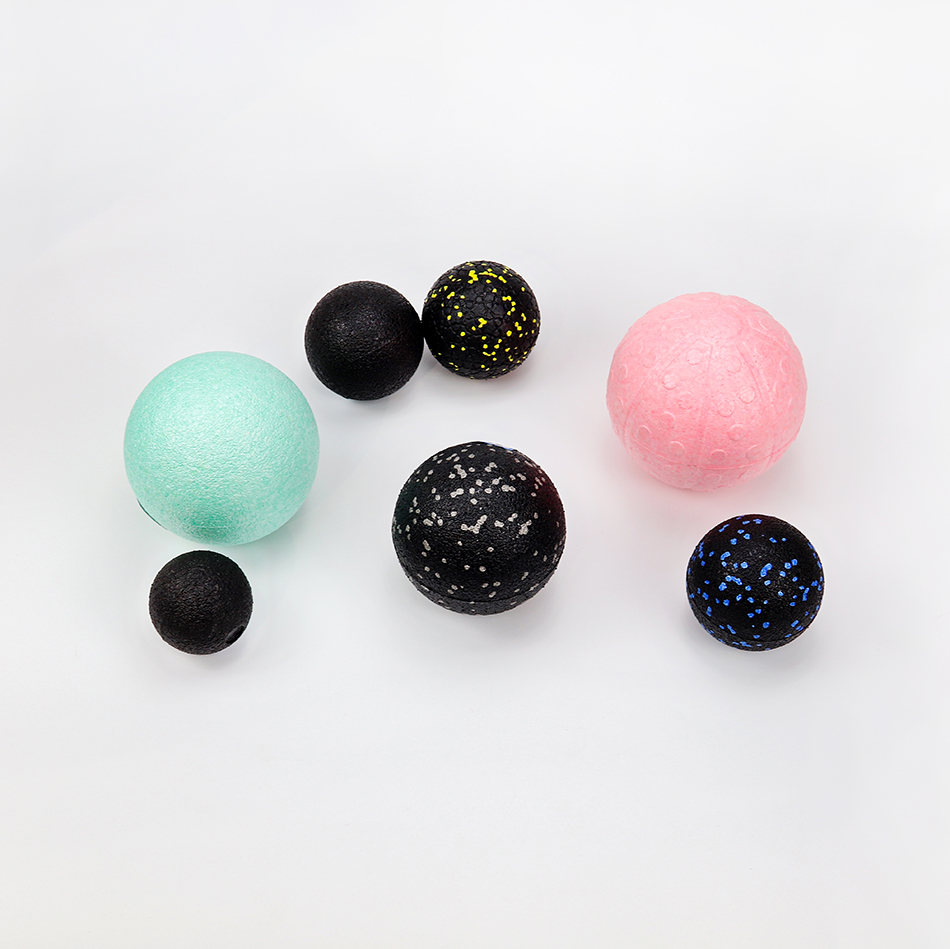Metallurgical enrichment process of smelting slag containing antimony
Refractory low-grade tantalum and niobium ore, in particular metallurgical slag containing tantalum and niobium (e.g. tin slag, iron slag, slag, tungsten, etc.), due to the low grade refractory, generally requires the use of enriched metallurgical method to obtain tantalum The ruthenium enrichment can be separated and extracted by conventional methods.
1. Acid leaching-acid decomposition treatment of tin slag
The composition of tin-containing slag containing bismuth is as follows (%):
Ta 2 O 5 Nb 2 O 5 TiO 2 ZrO 2 WO 3 Sn SiO 2 CaO
3~9 3~10 15~40 3~13 3~12 2~6 5~15 2~7
The above-mentioned tin slag is leached with 0.5% to 10% sulfuric acid at 50 ° C or higher, and the cerium-rich concentrate obtained by leaching is decomposed with sulfuric acid, and 1 kg of the material is mixed with 98% of concentrated sulfuric acid, and 1.5 kg of ammonium sulfate is added at 180 ° C. After stirring for 1 h, an ore product containing Ta 2 O 5 16.2%, Nb 2 O 5 7.2% and TiO 2 13.1% was obtained.
Second, reduction-oxidation treatment of tin slag
The process of the reduction-oxidation process is shown in Figure 1.

Figure 1 Tin slag treatment process
The composition of tin slag is as follows (%)
Ta 2 O 5 | Nb 2 O 5 | CaO | SiO 2 | TiO 2 | FeO | Al 2 O 3 | WO 3 | MnO | MgO | ZrO 2 | V 2 O 5 |
3.85 | 3.85 | 23.1 | 21.3 | 10.72 | 10 | 8.18 | 3.28 | 1.28 | 1.2 | 0.85 | 0.21 |
The process is mainly divided into four steps
(1) reducing and melting the tin slag and coke in an open electric arc furnace to obtain a cerium carbide enrichment containing (TaNb) 2 O 5 20% to 25%;
(2) oxidizing and smelting the carbide together with sodium nitrate to obtain an oxidized smelting product;
(3) After the oxidized smelting product is crushed, it is leached with hot water at 95 ° C for 2 hours to remove excess alkali and other water-soluble sodium salts (sodium silicate, sodium tungstate, etc.), and the main content is sodium citrate. a filter cake of sodium citrate, iron hydroxide, calcium carbonate or the like.
(4) The filter cake is further immersed in 20% hydrochloric acid at 75-100 ° C for 2 to 4 hours, at which time the iron is dissolved and removed, and sodium citrate and sodium citrate are converted into aqueous hydroxide.
Third, reduction-electrolysis treatment of tin slag
The raw material is tin slag obtained by smelting the tin-sand mine in Malaysia with a reverberatory furnace. The composition is as follows (%):
Ta 2 O 5 | Nb 2 O 5 | WO 3 | Y 2 O 3 | Sn | TiO 2 | ZrO 2 |
1.7~2.1 | 2.3 to 3.5 | 1.0 to 3.0 | 0.2 | 0.7 to 2.5 | 7 to 10 | 3 to 6 |
Fe | SiO 2 | CaO | MgO | Al 2 O 3 | MnO | P 2 O 5 |
4~7 | 26~29 | 24~26 | 3 to 5 | 9 to 13 | 0.5 to 1.0 | 0.5 to 1.0 |
1000kg of tin slag, sulfuric acid slag (containing 60% Fe, 0.2%, S 2% of calcined iron), 700kg of coke powder, 100kg of lime powder, 100kg of limestone , added to the electric furnace, and smelting reduction at 1400 °C , an iron alloy containing Nb 3.6%, Ta3%, W2.9%, a mixture of FeCl 2 , HCL, (NH 4 ) 2 SO 4 as an electrolyte, and an iron alloy as an anode for electrolysis, bismuth, antimony, tungsten The fine particles are concentrated and recovered.
The reaction of electrolysis is: 3FeCl→Fe+2FeCl 3
When FeCl 3 is increased, iron scraps may be added to reduce FeCl 3 to FeCl 2 . During the electrolysis, FeCl 3 is recycled. The dissolved residue of the ferroalloy is first desulfurized with petroleum and then with soda water to obtain Ta 25%. , Nb 30%, W 24% bismuth concentrate.

Foam rolling and massage ball are perfect for self-massage therapy & myoffascial release, great for improving muscle mobility, flexibility and preventing soreness for all sports enthusiasts, CrossFit, pilates, bodybuilding, running, weight training, yoga.


In other words, self-massage,Stretching, massage, and applying pressure with a Foam Roller or a foam ball all aid in improving flexibility, reducing soreness and quickening recovery.
Massage Ball,Different Density Epp Massage Ball,Deep Tissue Massage Ball,Epp Massage Peanut Ball
Jiangsu Laiao Material Technology Co., Ltd. , https://www.laiaomaterial.com